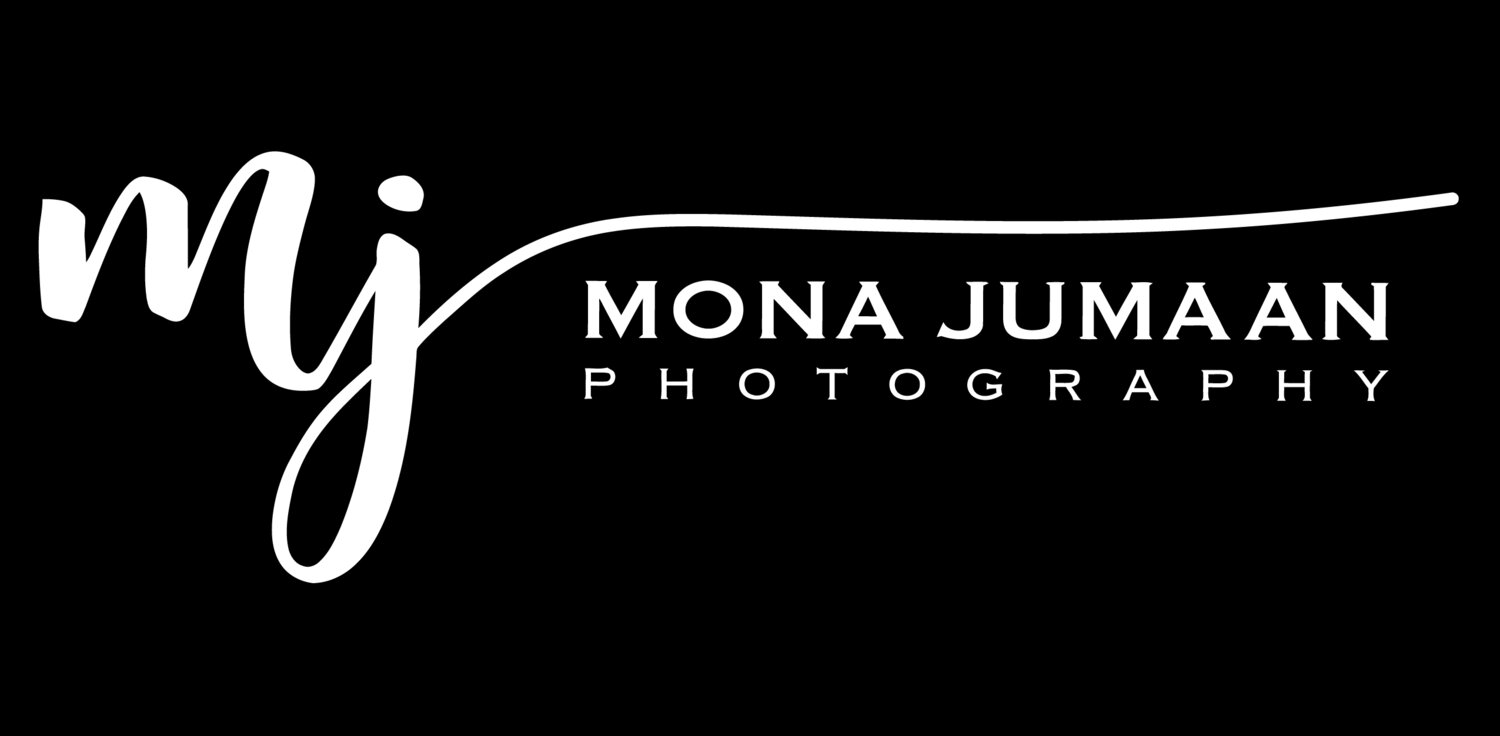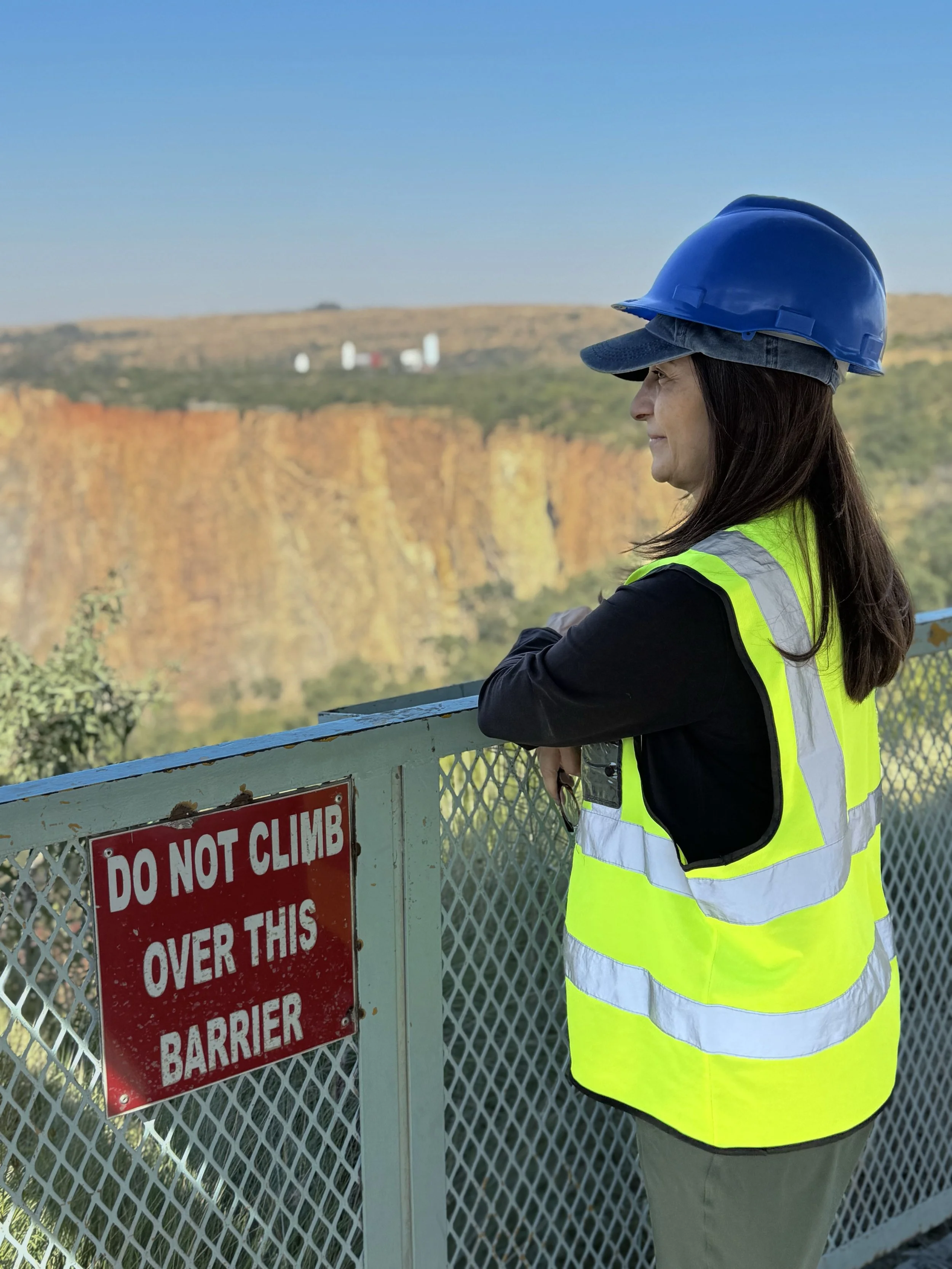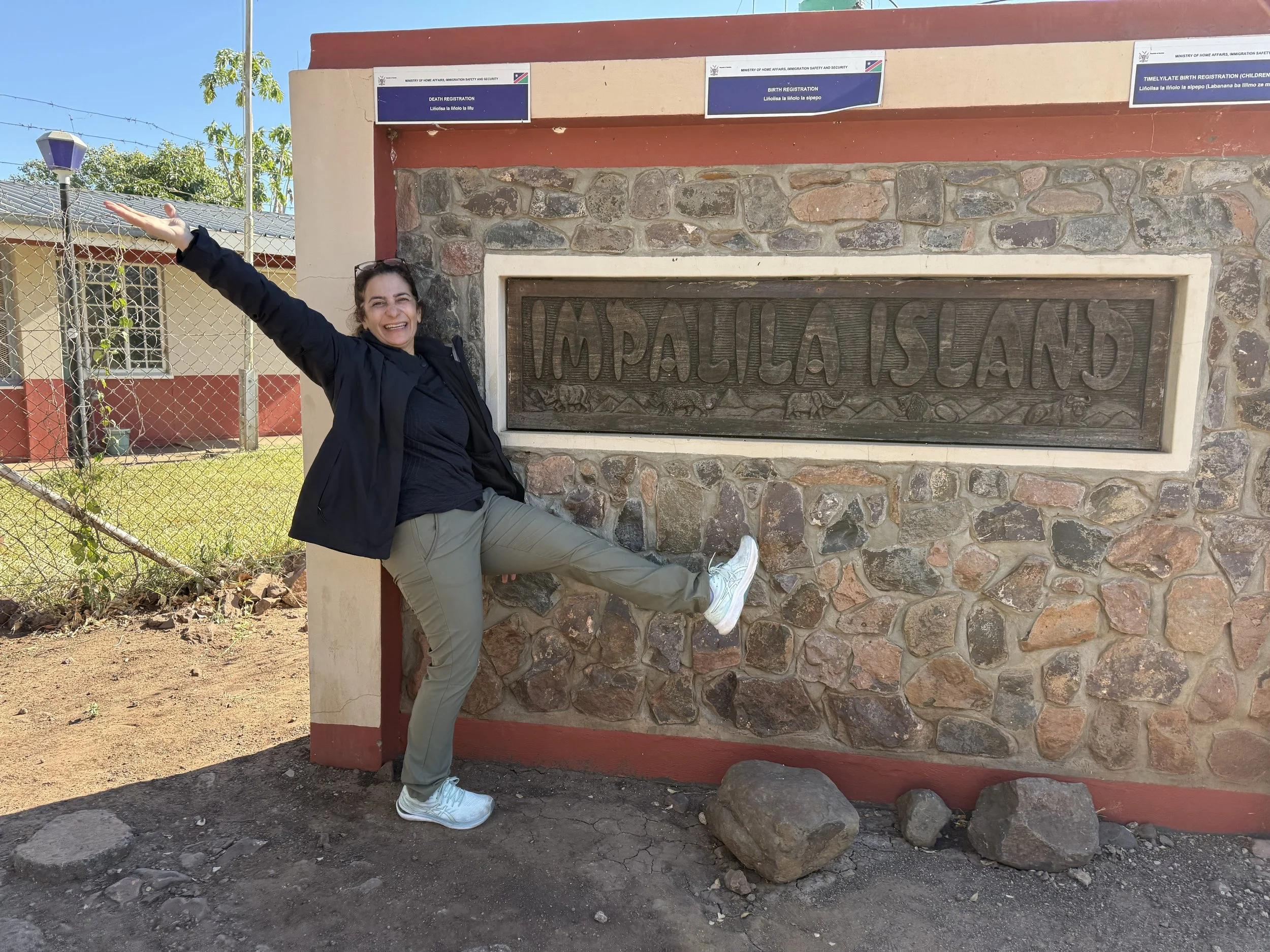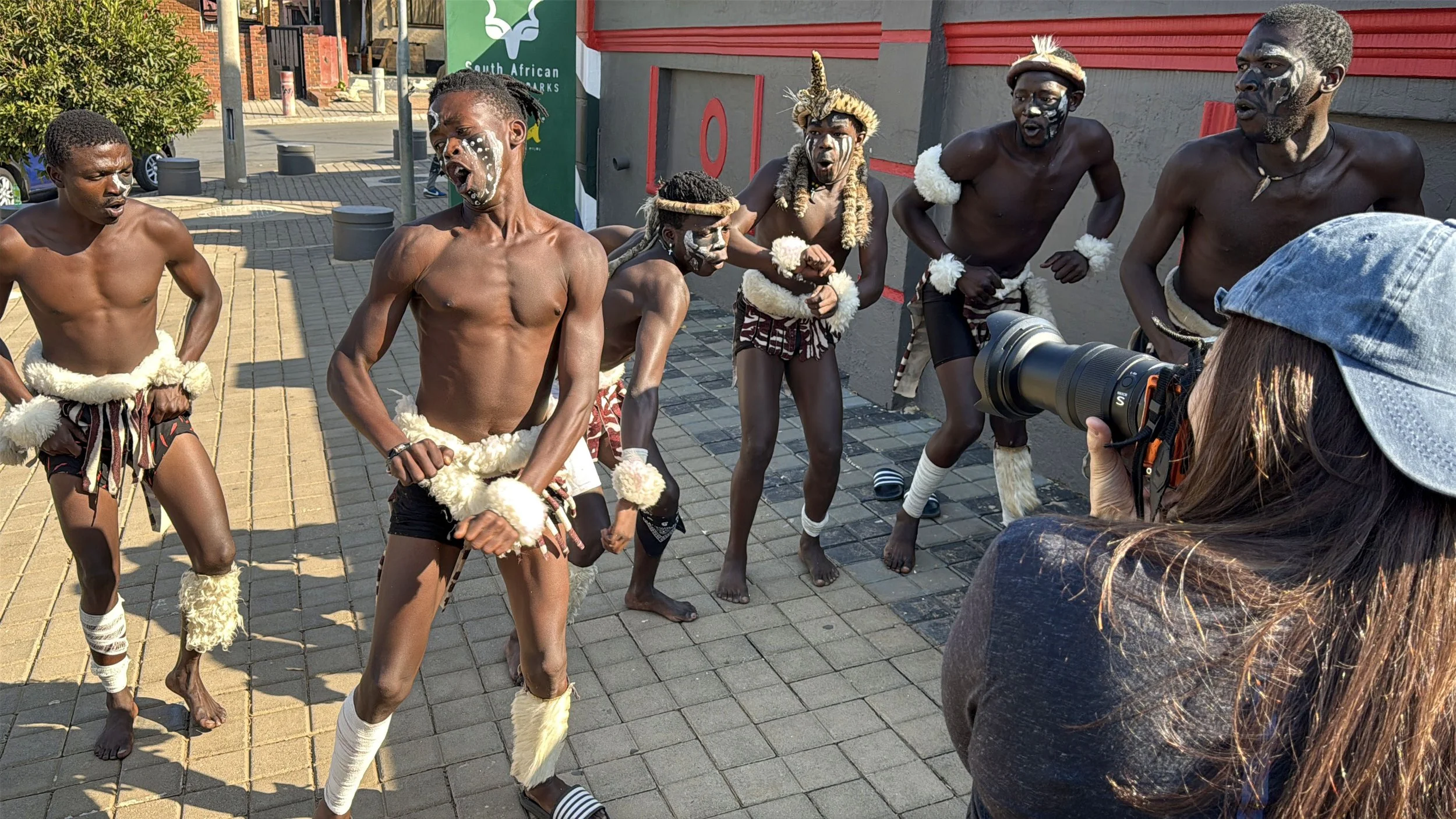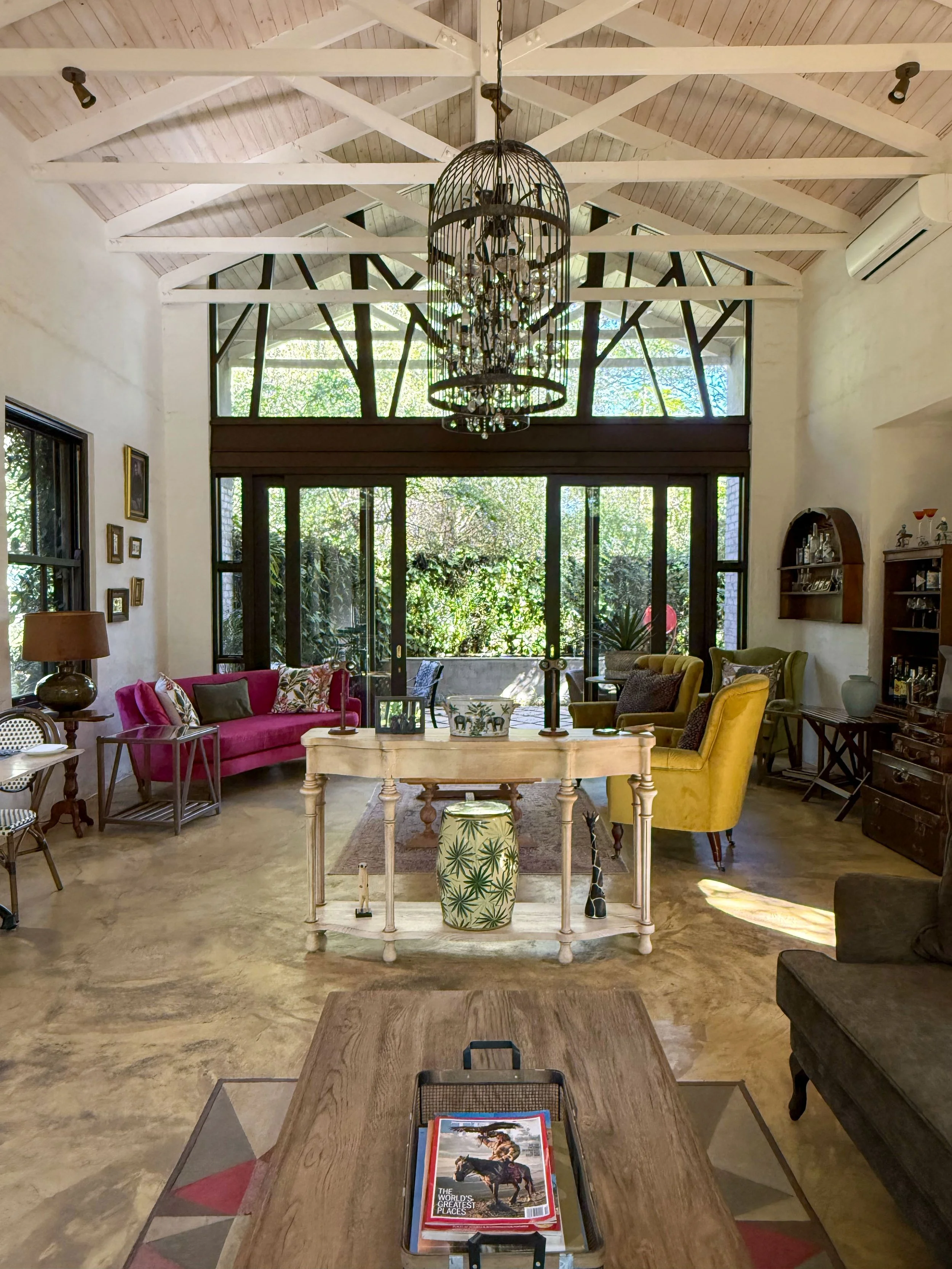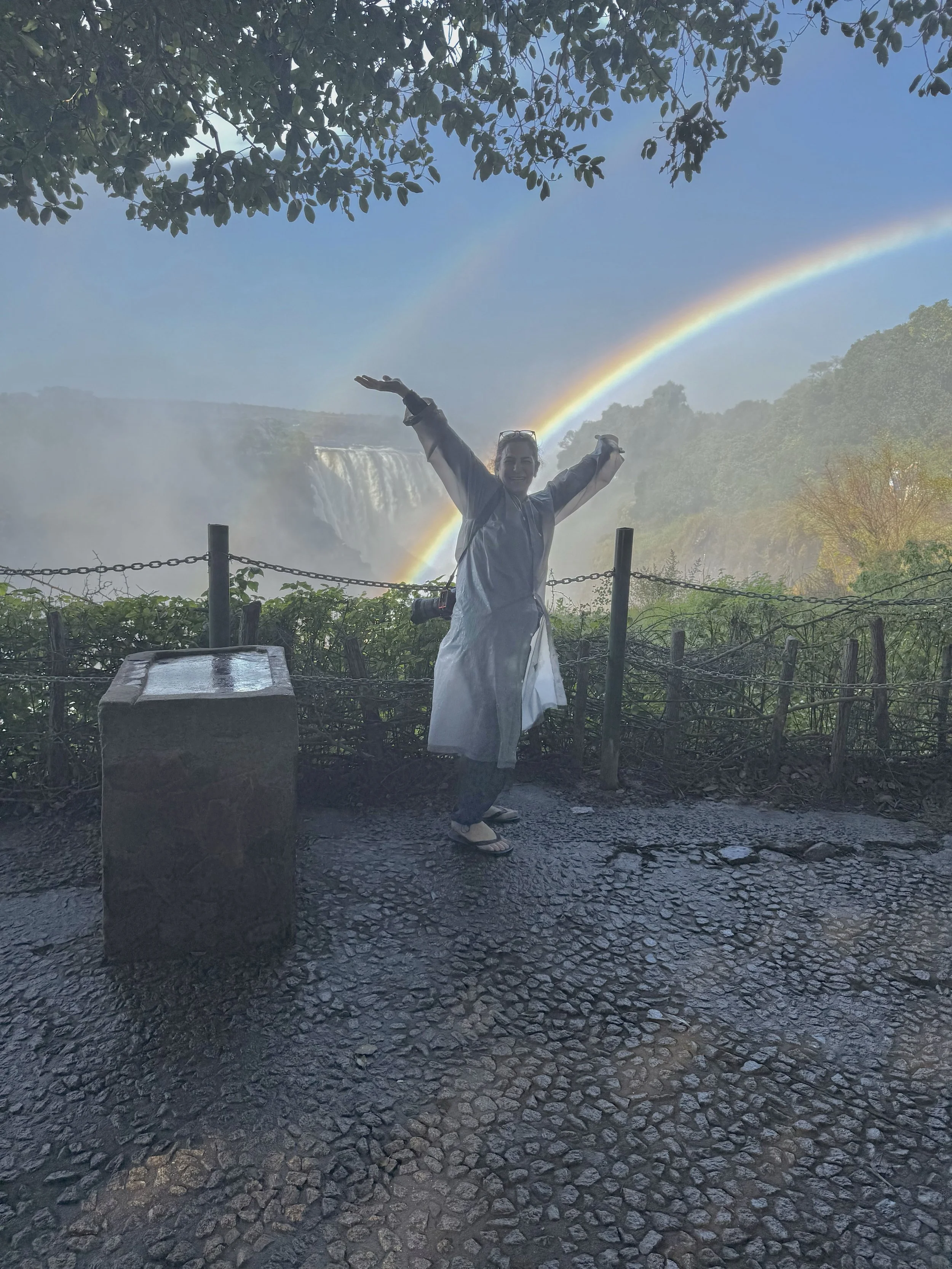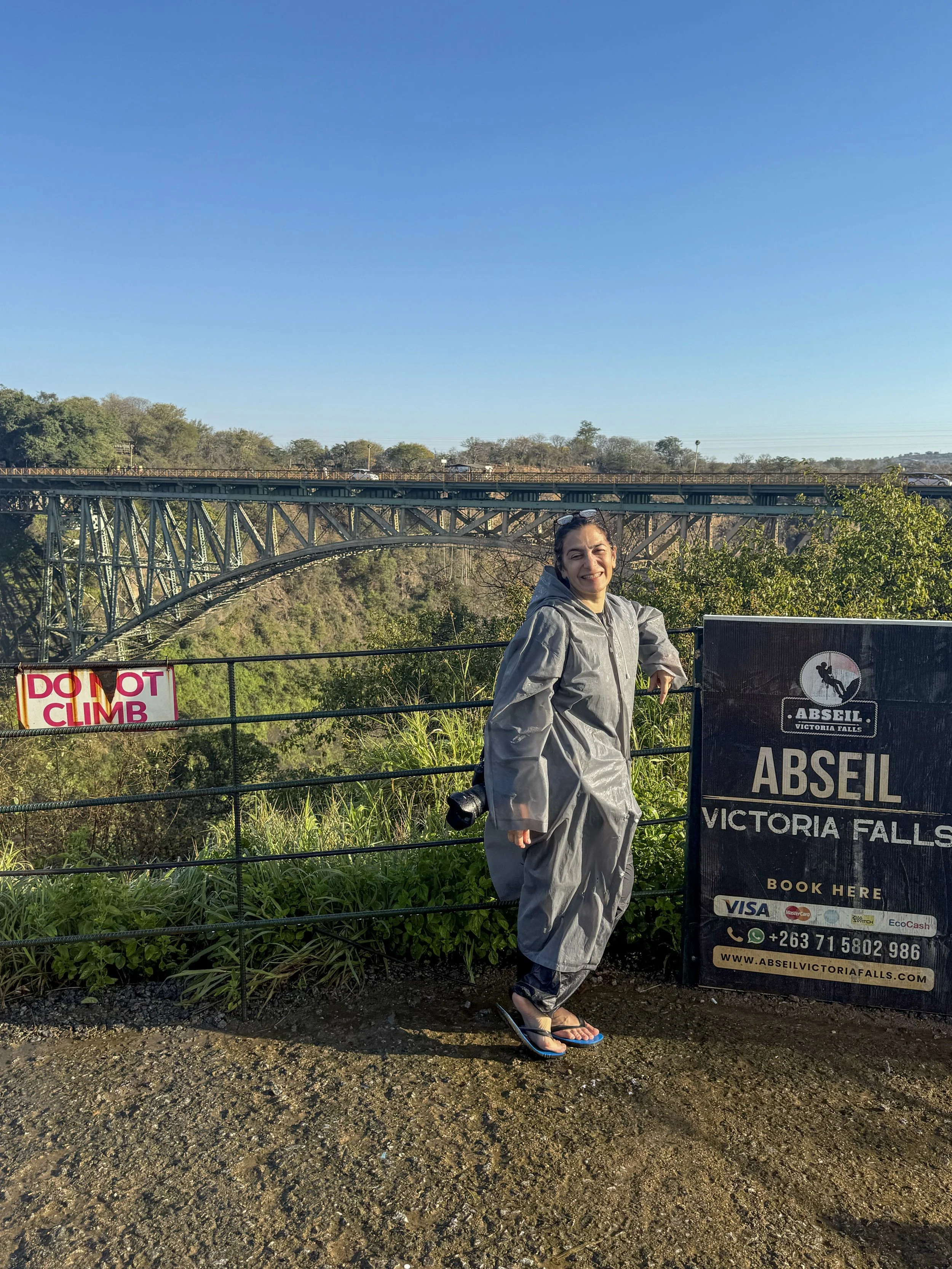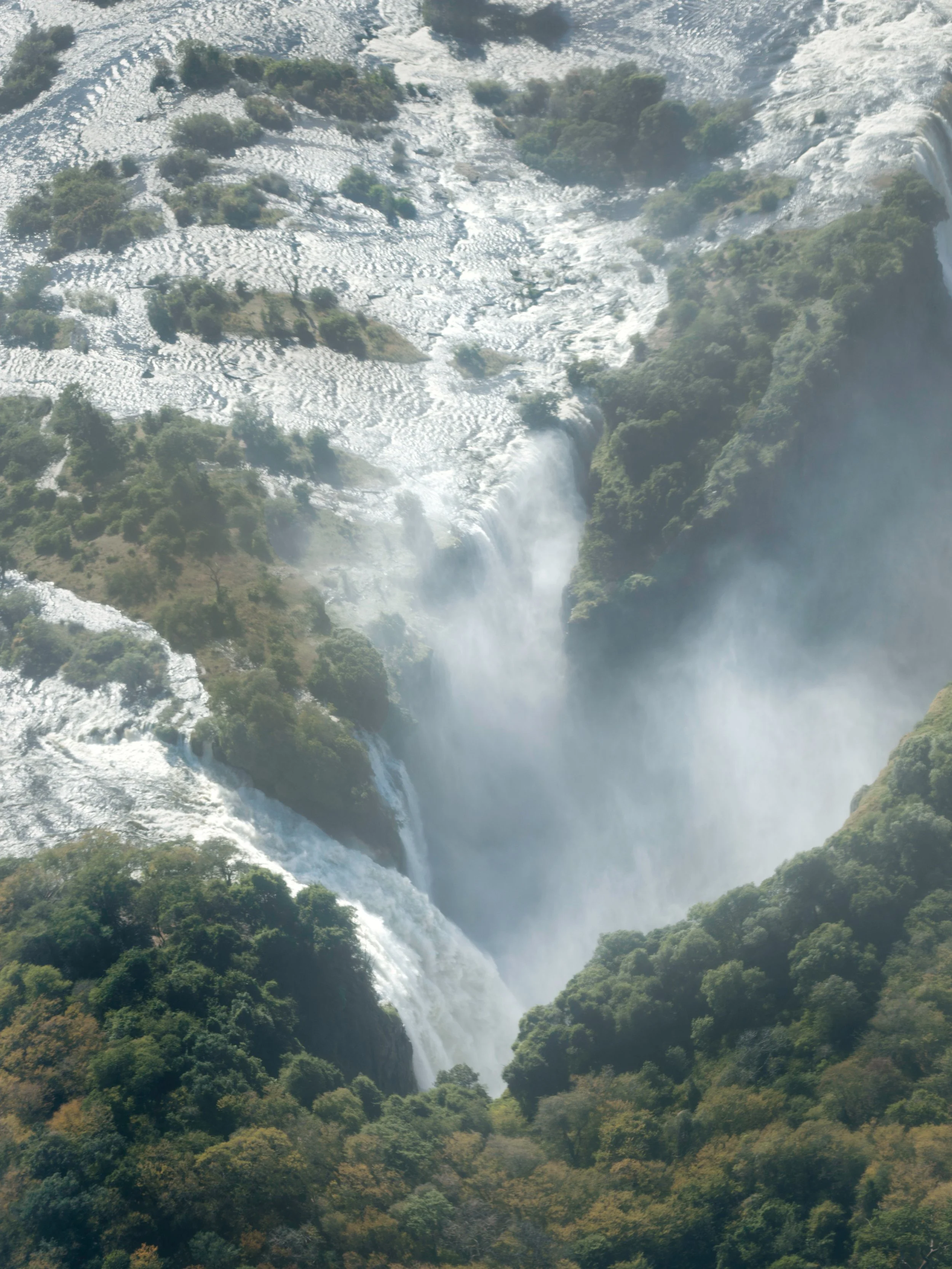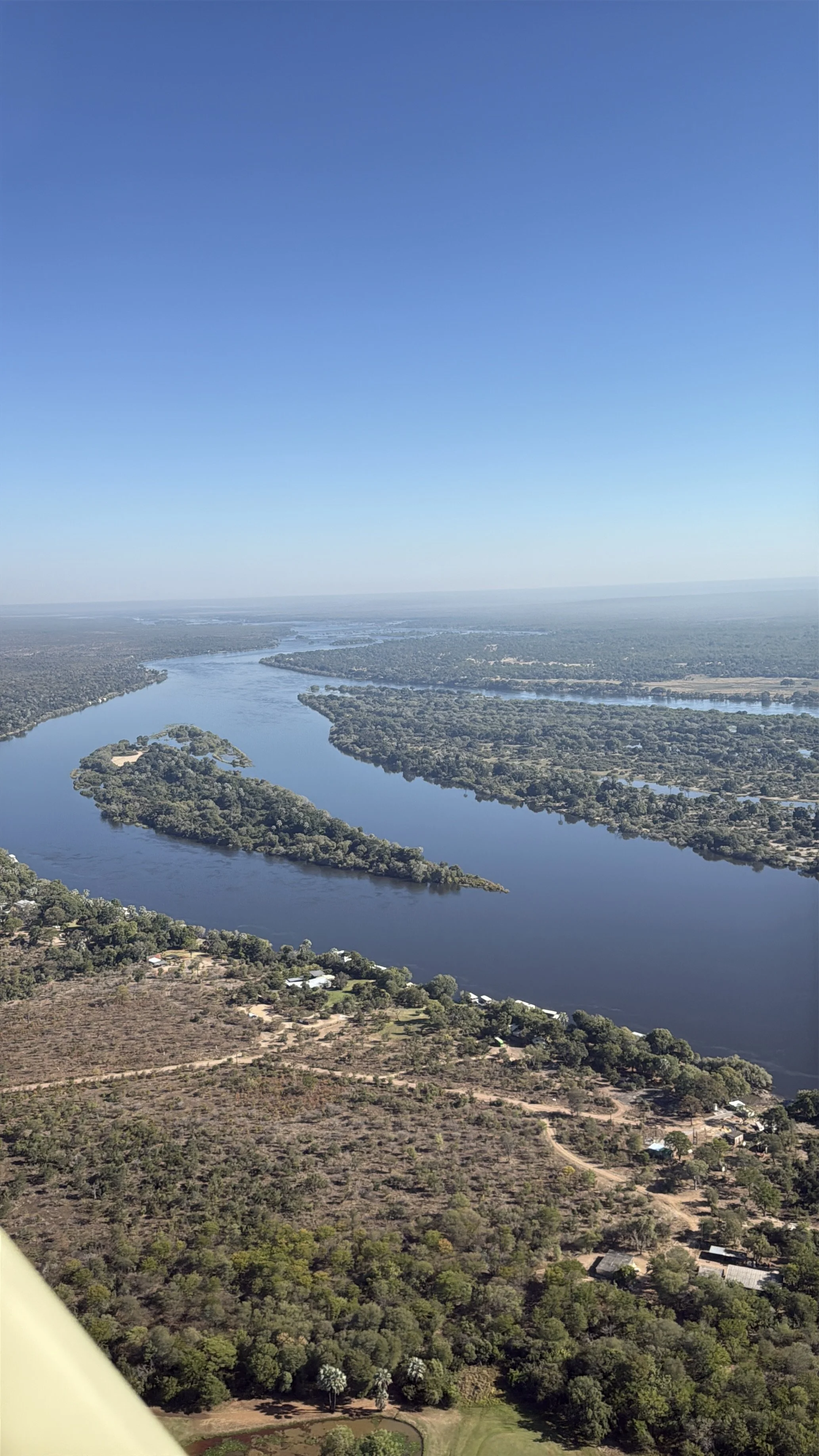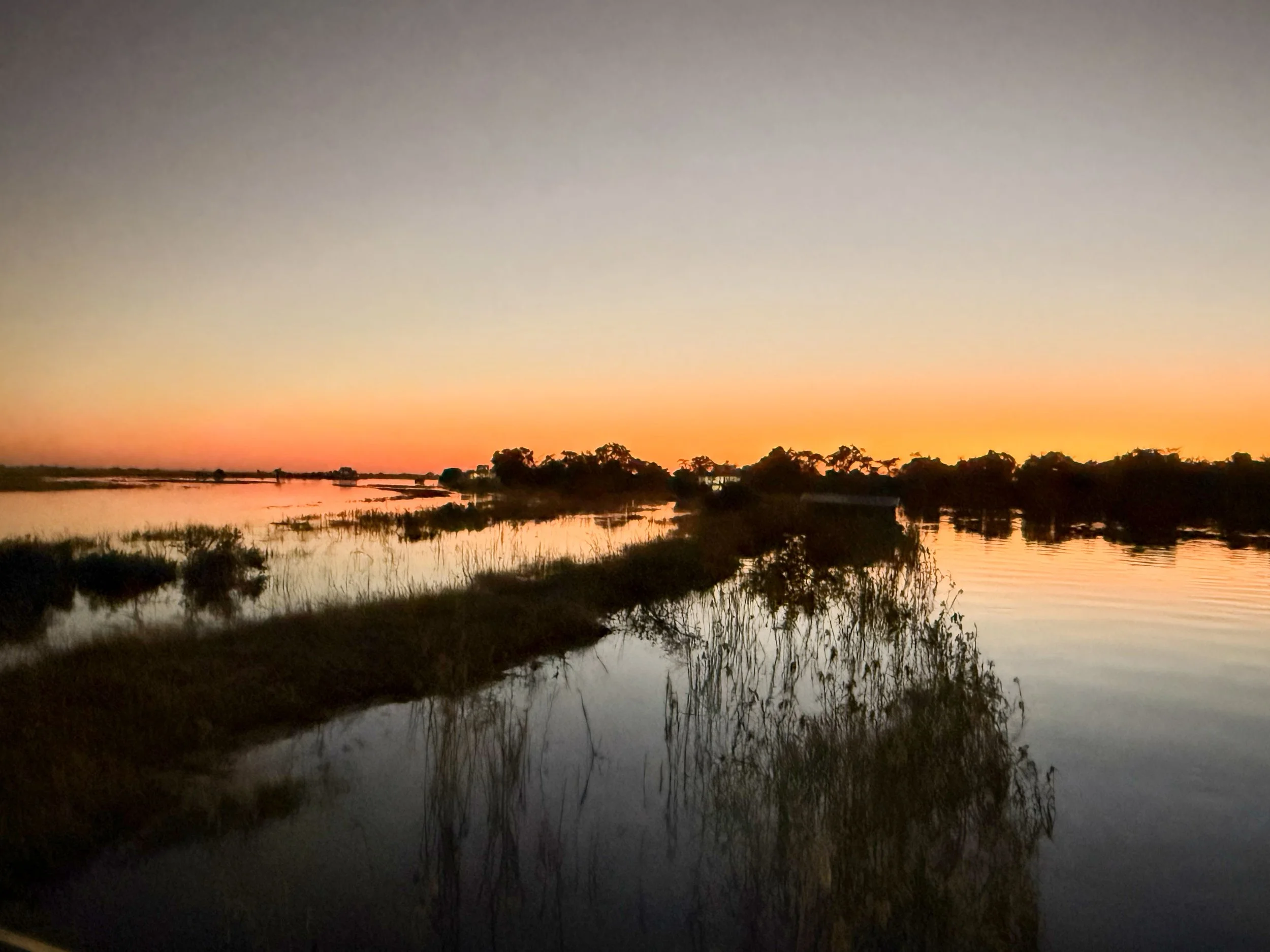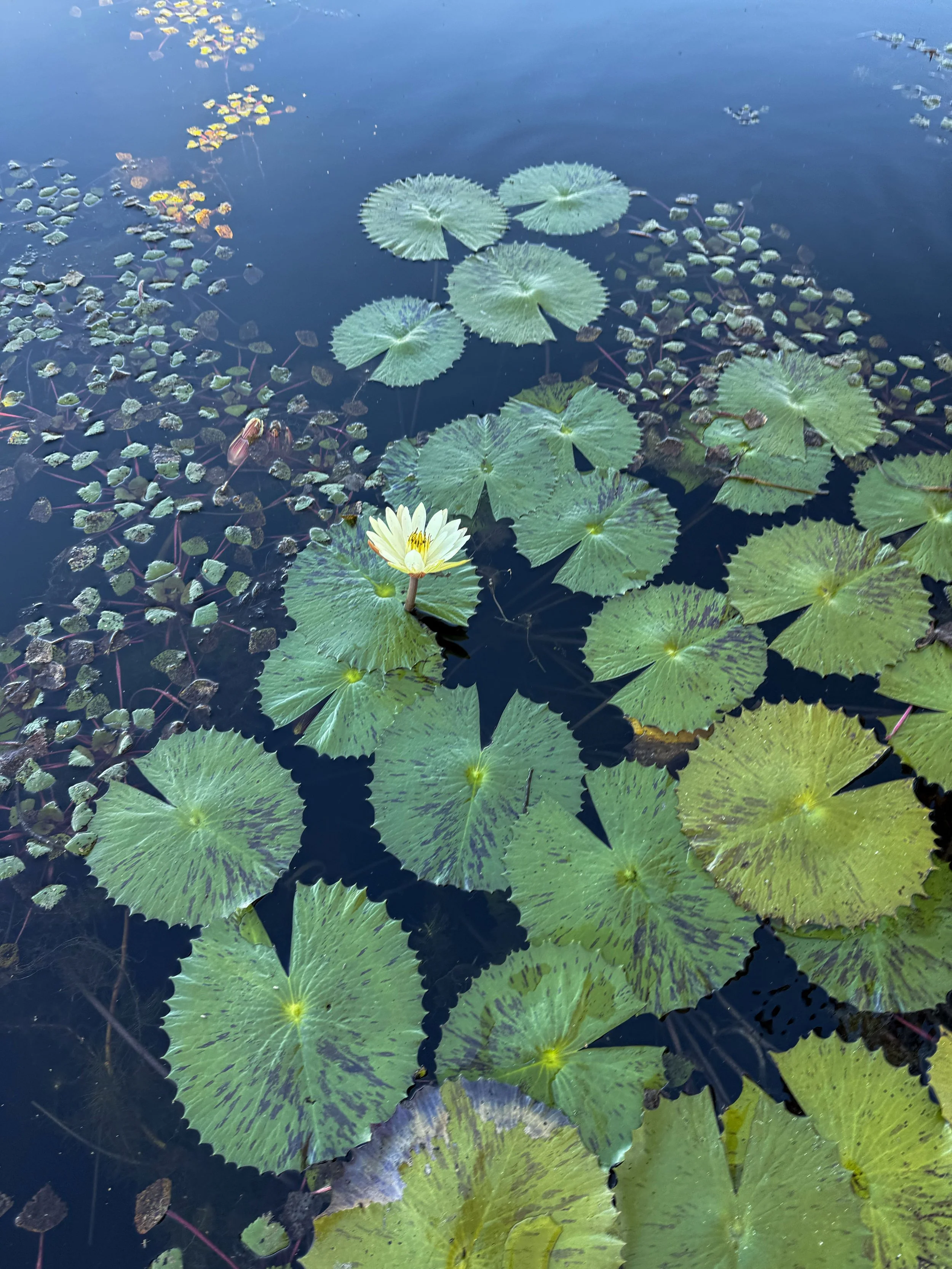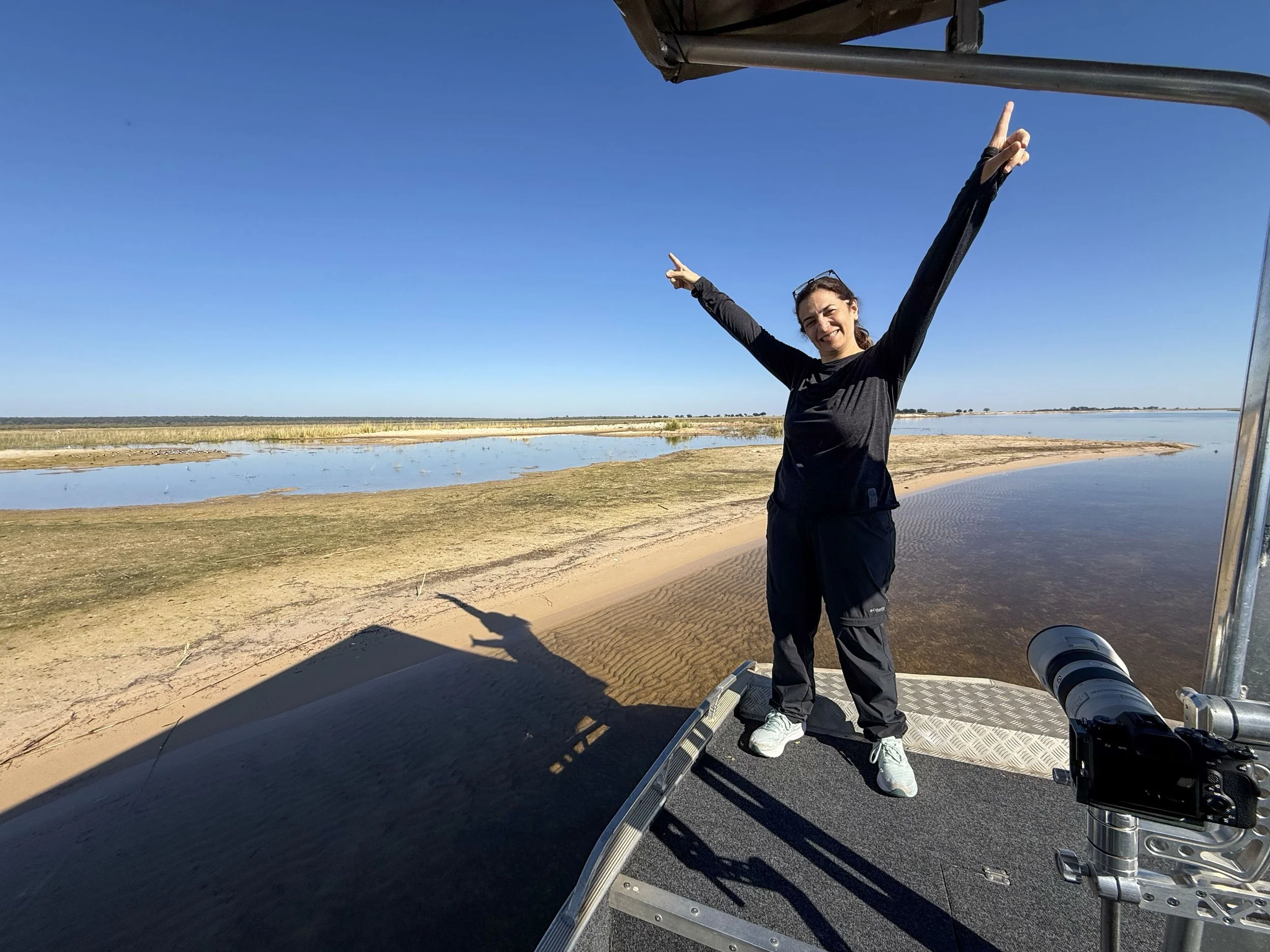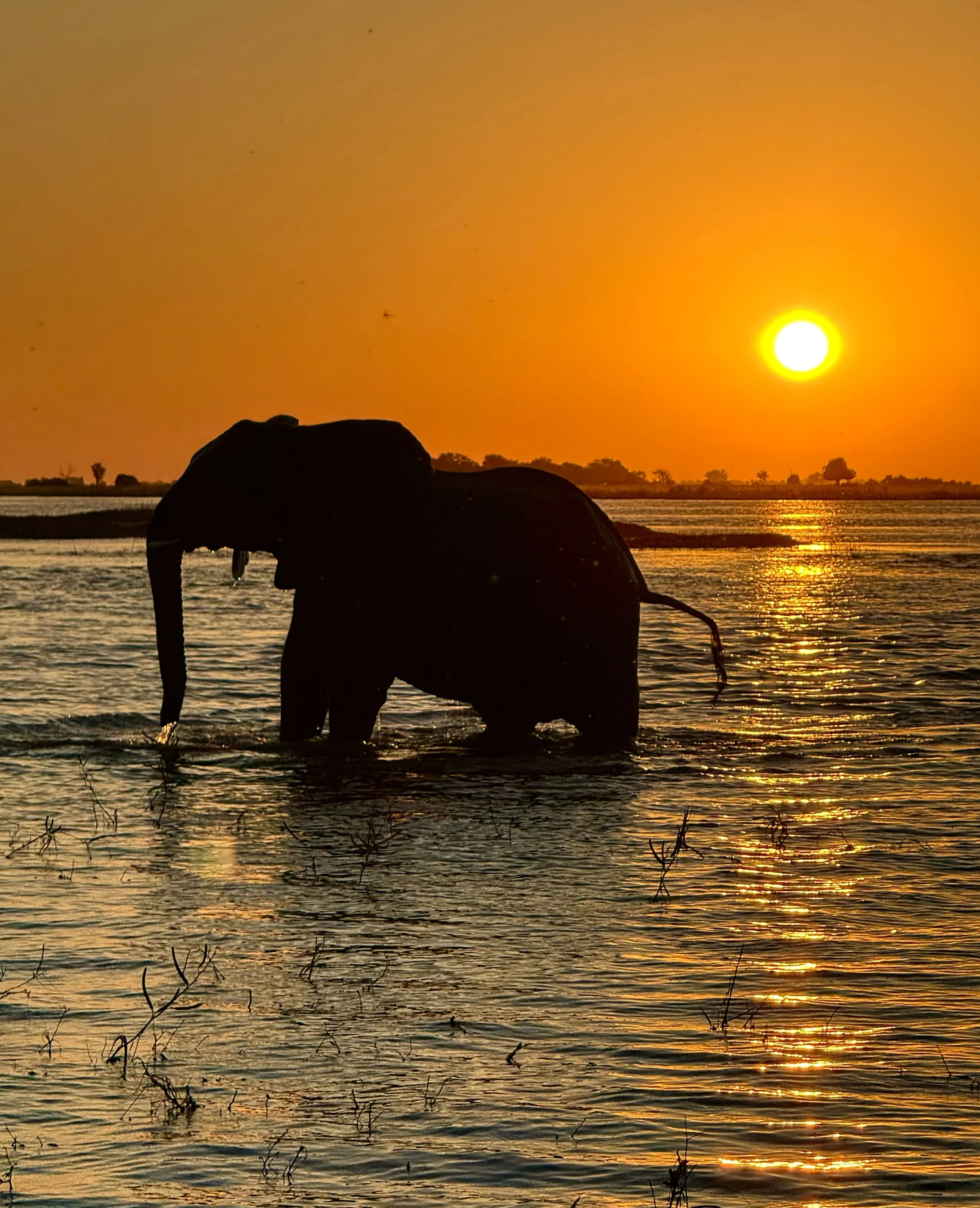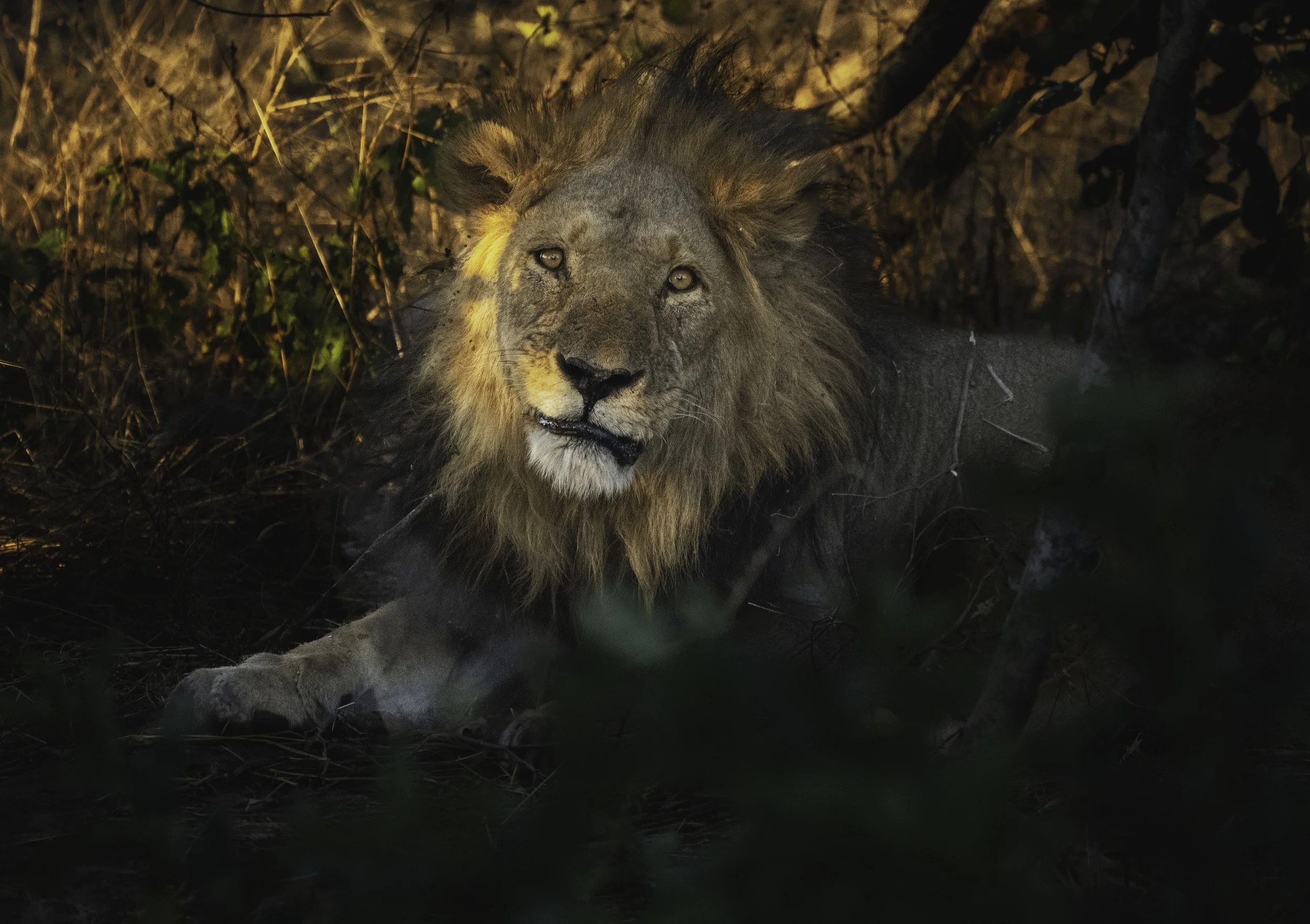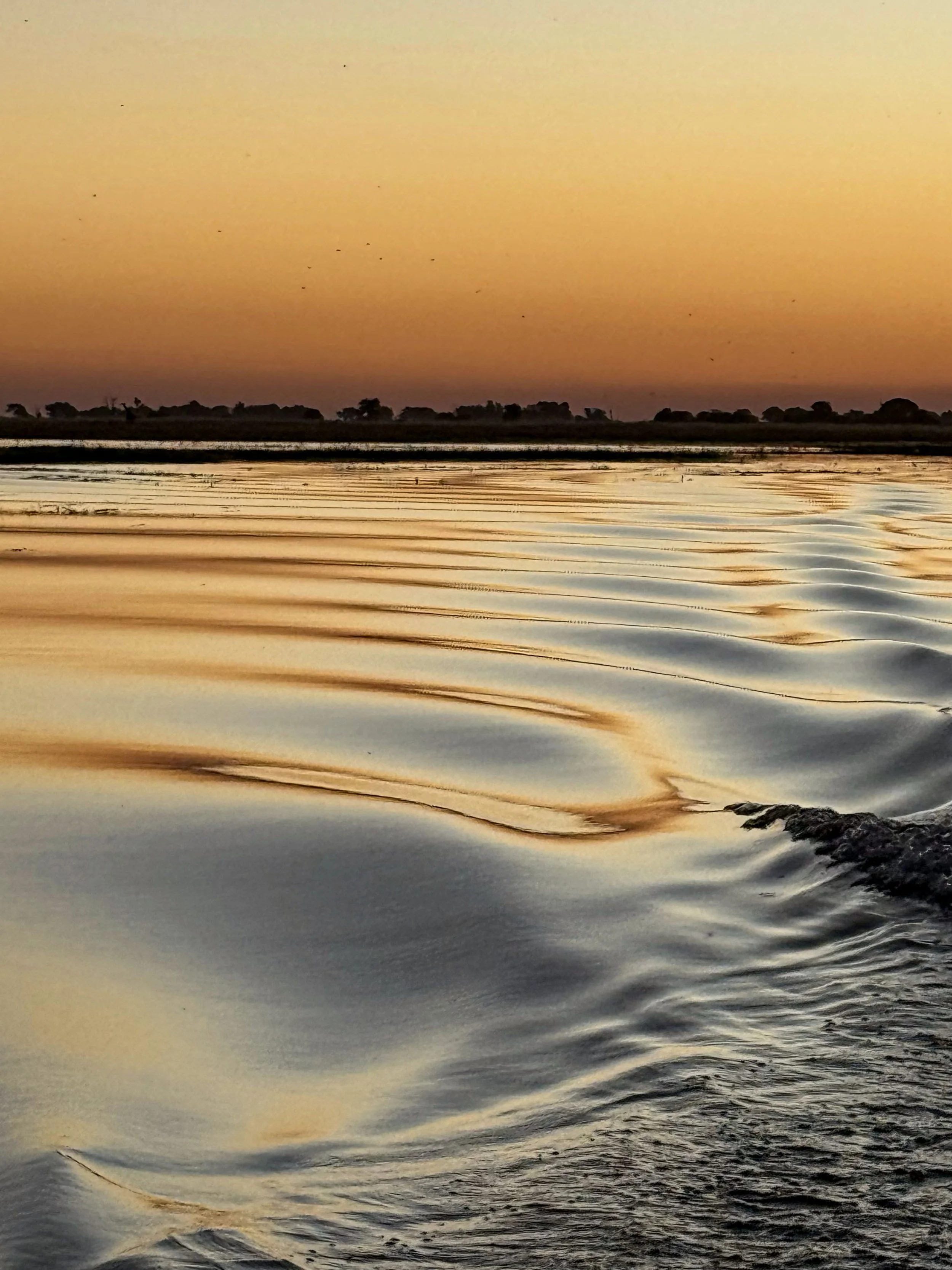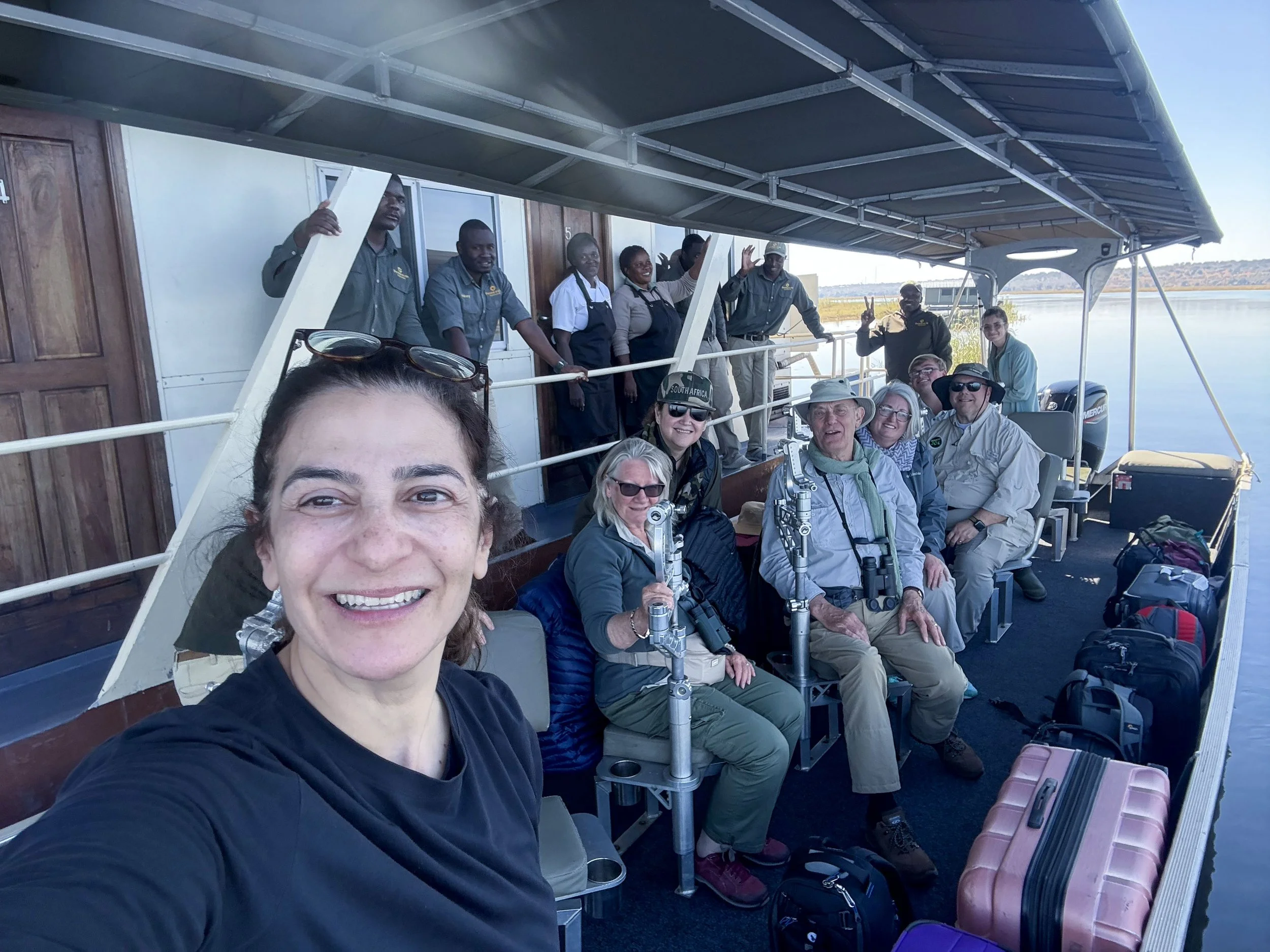Southern Africa Chronicles: The Chobe River, Victoria Falls, and the Soul of the Wild
Some of the best adventures in life begin with a shared link. That’s how this journey started—another trip sparked by social media. Elena had been deep-diving into travel content, watching YouTube videos for ever, and finally forwarded one to me. Like many of our trips, all it took was a spark—and I was in.
Enter Daniella ,our guide from day 1 who booked our 8-day Chobe River safari.We asked for an extension recommendation—and what better suggestion than Victoria Falls? From that point on, the pieces began falling into place.
The itinerary was a dream for any explorer: Fly into Johannesburg and stay the night (I stayed two), then catch a flight to Victoria Falls, Zimbabwe. From there, drive to the Namibian side of the Chobe River, passing through Impalila Island for our first three nights on a houseboat. After that, we’d cross into Botswana, then circle back to Johannesburg to fly home.
(Note to future travelers: double-check visa requirements and passport control logistics. They can be quirky.)
With my heart buzzing with anticipation, I set off for the trip I’d longed for—and it didn’t disappoint.
I landed in Joburg, a city full of contradictions—raw history and urban energy, painful memories and profound inspiration.
Thanks to the hotel concierge, my city tour was beautifully mapped out. I started at Constitution Hill, where past injustices meet present-day democracy. Then came the emotionally stirring Apartheid Museum, a necessary deep dive into the country’s turbulent past.
You can’t understand South Africa without coming here. Joburg holds the memory of its people, their resilience, and their unbreakable spirit
In Soweto, we walked through history—visiting the site of the student uprisings, and the famous Vilakazi Street, home to not one but two Nobel Laureates: Nelson Mandela and Archbishop Desmond Tutu. We ended the day at the colorful Orlando Towers, Joburg’s iconic skyline marker.
The next day brought a new kind of history. I headed to the Cullinan Diamond Mine, one of the world’s most legendary mines. Once owned by De Beers, this mine has produced some of the most famous diamonds in history. My guide, Sharon, was a wealth of stories, and walking through the mining grounds felt like stepping into a chapter of the world’s jewel legacy. Pro tip: visit on the weekend—the adjacent mining village really comes alive then.
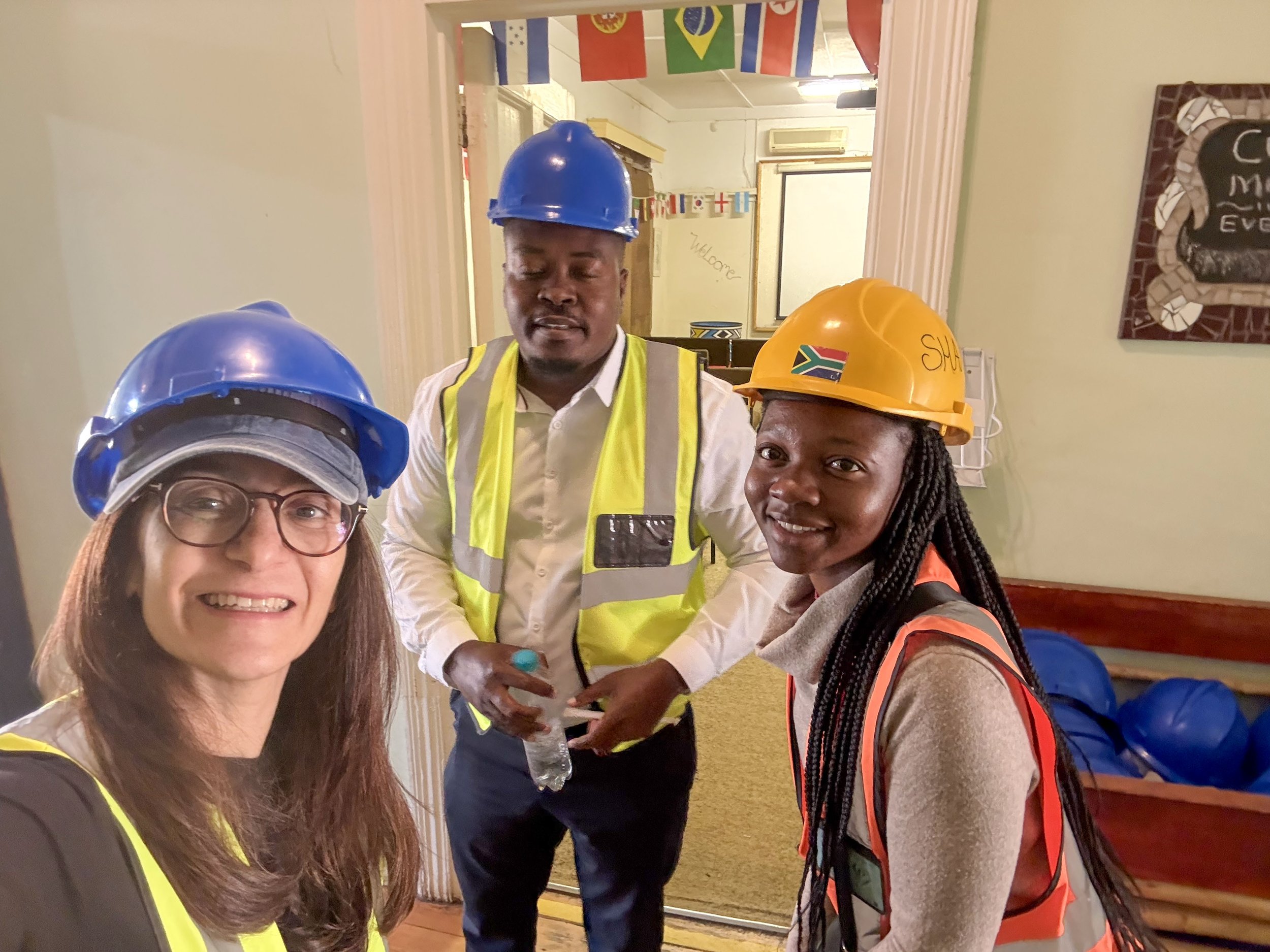
From South Africa, I flew to Zimbabwe. My driver was waiting at Victoria Falls Airport, and as we cruised through Livingstone, you could feel the safari vibes begin to settle in. Small but full of character, Livingstone is the kind of place that slowly reveals its magic.
I checked into my hotel and was told the tour of the falls would start in just an hour.
No amount of reading or TV documentaries prepared me for what I was about to witness. I'd just seen Iguazu Falls in Brazil—but this was something else entirely.
The Mosi -oa-Tunya . the world’s greatest sheet of falling water .This transboundary property which extends between Zambia and Zimbabwe ,stands at an altitude of 915m above mean sea level and spans to almost 2km .Sprays can be seen from a distance of 30km
As it was June, it is the peak flow season for the Zambezi River, and this year, rainfall had reached record highs. The result? A thunderous, breathtaking wall of water crashing with unimaginable force. Its spray rising like smoke into the sky, the roar echoing for miles.
Our walk took over two hours, ending at the Zambian border. I was in awe. Mother Nature was performing—reminding us that no matter how modern we become, we’re still at her mercy.
The next morning was equally thrilling: a helicopter ride over the falls. I mistakenly booked the shortest version (moral of the story—read the fine print!), but it was still unforgettable. From the air, the Zambezi weaves through the land like a silver ribbon, splitting into white sprays and swirling blue eddies. I couldn’t take my eyes off it.
Luckily for me I had some time to drive around Livingstone and see the , massive Baobab trees that stood like silent sentinels—some over 500 years old. Their bark is thick, spongy, and often scarred by our friends the elephants who pierce it for water during dry seasons. They are nature’s timekeepers, living monuments to resilience.
Next up is Namibia : three nights on water ,more like floating through paradise .
Ah, visas—my eternal frenemy. This time, a small error: my Namibian exit date was off by a day. But rather than cause trouble, it sparked curiosity. According to the immigration officer, I might’ve been the first visitor from Bahrain they’d ever met. (Unverified, but I’ll take it!)
We boarded a small boat to reach our houseboat on the Namibian side of the Chobe River. The journey itself was surreal—hippos dozing in the water, African fish eagles soaring overhead, and dozens of swallows weaving through the sky.This floating home would be our sanctuary for the next three days. Mornings began at dawn, gliding through fields of waterlilies—some opening only at night, others unfolding in the day. The birdlife was beyond spectacular; it was nesting season for many species, creating a chorus of calls and flutters. It felt like living in a live-action wildlife documentary
The first afternoon we watched a pride of lions feast on a water buffalo. It was raw and unfiltered. I used to feel heartbroken watching such scenes, but I’ve since come to appreciate their ecological purpose. Nature always balances itself—if only we’d let it.
With our river journey complete, we crossed into Botswana for the final leg of our adventure. Our lodge was beyond impressive—luxurious yet respectful of its surroundings. And the food? Let’s just say I’m still dreaming of their blueberry muffins.
Our first game drive delivered—another lion pride, lounging beneath the trees. Did you know male lions can sleep up to 20 hours a day? Neither did I. We were slightly spoiled by the photo setups on the boats, so adjusting to land photography took some effort, but the wildlife more than made up for it.
We spotted hyenas, jackals, giraffes, zebras, more elephants, and an endless sky that turned gold at dusk. But as the final day approached, there was one small pang of longing—we hadn’t seen a leopard or a cheetah.
But that, dear readers, is just the universe’s way of giving us a reason to return.
To the Team That Made It All Happen
A huge thank you to Daniella—from the first inquiry to the final farewell, your attention to detail and care made this trip seamless. Every guide we met along the way enriched our experience with their knowledge and warmth.
And to Pangolin—thank you for curating an experience that fed my soul, opened my eyes, and filled my heart.
This won’t be my last journey to Africa. The continent has a rhythm, a heartbeat, and a spirit that stays with you long after you’ve returned home.
Until next time, Africa—I'll be back
Visa requirements :.
SOUTH AFRICA : for Bahraini passport holders you have to apply via the South African embassy in riyadh . You can download the forms ,and Dhl them there. upon completion you will be contacted by the embassy to drive to Riyad to collect it in person.
Zmbabwe : For bahraini passport holders, a visa is issued upon arrival . To save time upload all your details on this link . https://evisa.gov.zw/app/index.html#/sign-in-kiosk
Namibia : Visa is online very straight forward.: eservices.mhaiss.gov.na
Botswana : no visa required for Bahrain passport holders .
Mobiles: -My esim from Airalo didn’t work anywhere so I had to be use the hotel wifi. most of the drives are in remote areas anyways .
TRAVEL TIPS - WDrink bottled water at all times . The hotel supplied us with filtered water . we were asked to use bottled water to rinse our teeth on the house boat .
Pile up the sunscreen and keep it in your backpack at all times . Keep a first aid kit . Meds are not readily available . Make sure you have what you need .
Mosquito repellents are made available at all times. I used mine as well .
A power bank is a must as the you are out all day long and taking photos and videos non stop . .
Cameras and lenses : You will be using the telephoto lens . As we are usually in close proximity of the animals,the 100400mm was enough but the 600mm can come in handy for bird shots . Keep a wide angle lens as well as you might need it for environmental photos.
-Travel with a minimum of two camera bodies. Easier than switching lenses.
-Bring as many camera batteries as possible.
-A tripod is not required unless you want to shoot the Milky Way from the house boat .
-wide angle lens for landscape and night photography .
Clothing : we were in all weather conditions extreme cold weather in the early morning and then warming up towards midday so layers is key .
Get enough clothes for a week you won’t have time to do laundry .long sleeved and short sleeved t-shirts and hiking pants (waterproof is always the safest as it can rain ) warm clothing for the early morning drives
Footwear : trainers and flip-flops will work as you will hardly be walking anywhere .
Sunglasses//sunscreen/ shampoo/lotion/soap/hats/ a full medical kit (paracetamol,vita c , anti nausea, anti diarrhea , hand sanitiser )
Tour Organizer : Pangolin Phototour
instagram : pangolinphotosafaris
email Daniella@pangolinphoto.com
